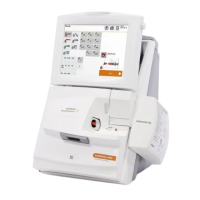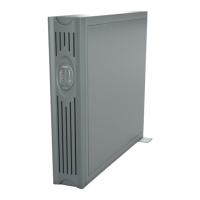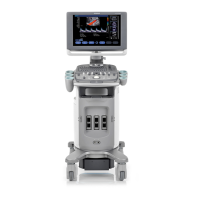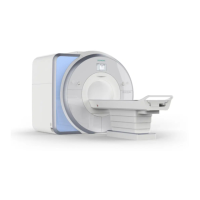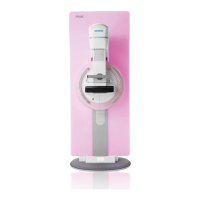2-34 Rapidlab 1200 Operator’s Guide: Operating the System
02087462 Rev. V
Performing a Correlation Study
To correlate the results from the Rapidlab 1200 system to a reference analyzer, change the
slope and offset (intercept) values for each parameter. Before changing these values,
analyze a range of samples at the Rapidlab
1200 system and at the reference analyzer.
Perform regression analysis on this data to obtain the slope and offset values to enter at the
system.
This procedure requires the following materials:
• Reference analyzer
• Sample population of at least 100 samples
The sample population is to generate a random distribution of values throughout the
upper and lower limits of the analytical and reporting ranges.
1. Verify that the current coefficients are 1.0 for the slope value and 0.0 for the offset
value:
a. Select
Status > Setup > Secured Options.
b. Select the down arrow button and then select
Correlation Coefficients.
c. Ensure that the slope value is 1.0 and the offset value is 0.0 for each parameter
that you want to adjust.
NOTE: Analyze the samples in duplicate at each system, if possible. Perform analysis
over several days to include normal analytical variability for both systems.
2. Analyze each sample concurrently at the Rapidlab 1200 system and at the reference
analyzer.
Do not allow more than 3 minutes between analyses of the same sample at each
system.
QC Material Setup Report Prints the setup information for the
selected lot of QC material.
Refer to Using the Recall QC Data Search
Screen‚ page 4-8.
QC Statistics Report Prints a summary of the QC statistics for
the selected lot of QC material.
Refer to Viewing the Recall–QC Statistics
Screen‚ page 4-9.
QC Levey-Jennings Report Prints the Levey-Jennings graph as
displayed on the QC screen.
Refer to Viewing the Recall–
Levey-Jennings Graph Screen‚ page 4-11.
CAUTION:
Do not change correlation coefficients unnecessarily. Changing
correlation coefficients affects the reported results for patient samples.
Report Name Description

